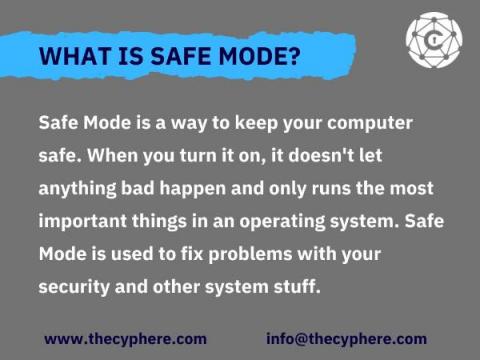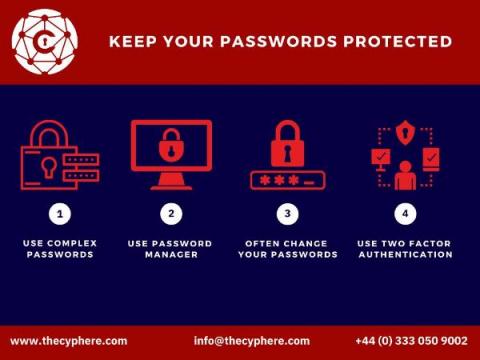AT&T Cybersecurity's managed SASE service wins CyberSecurity Breakthrough award
AT&T Business is all-in on Secure Access Service Edge (SASE) as an essential framework for security-driven networking. As the AT&T Cybersecurity team endeavors to help organizations transition to SASE frameworks, it’s picking up accolades not only from valued AT&T customers but also the broader cybersecurity community.










